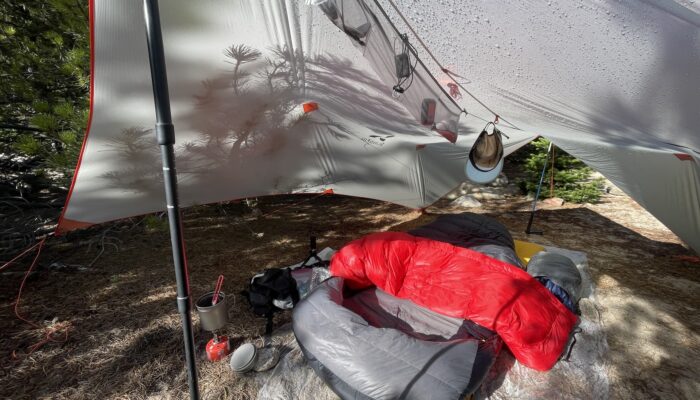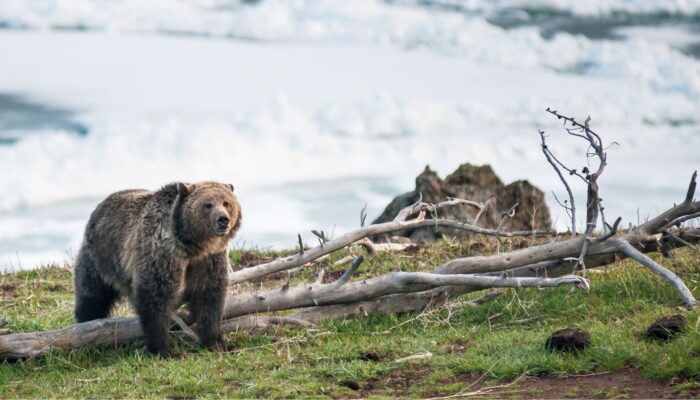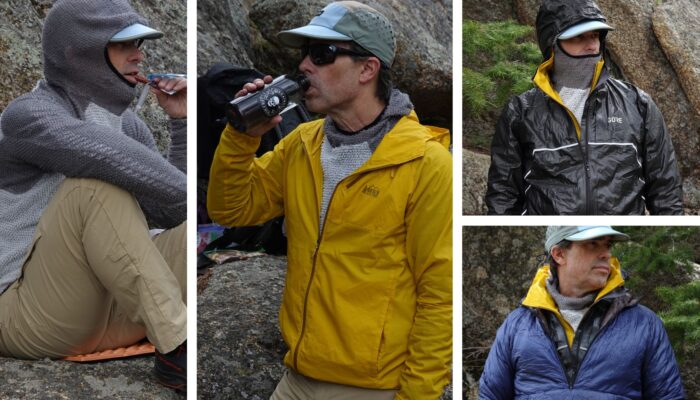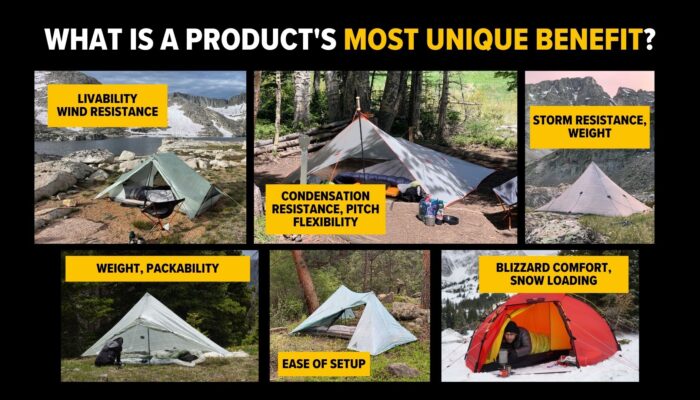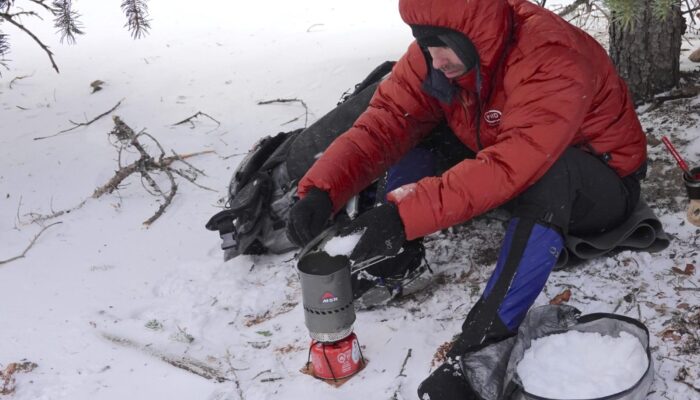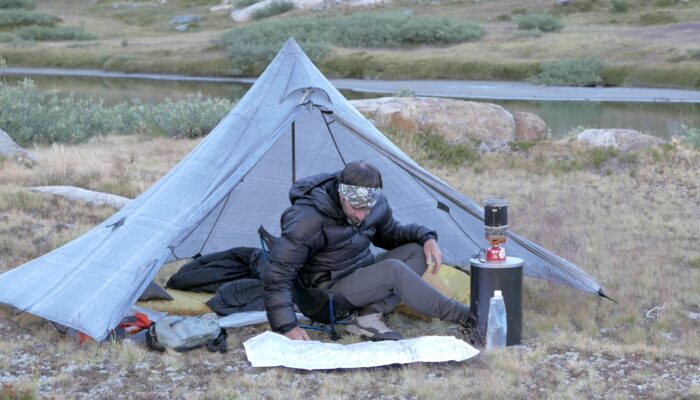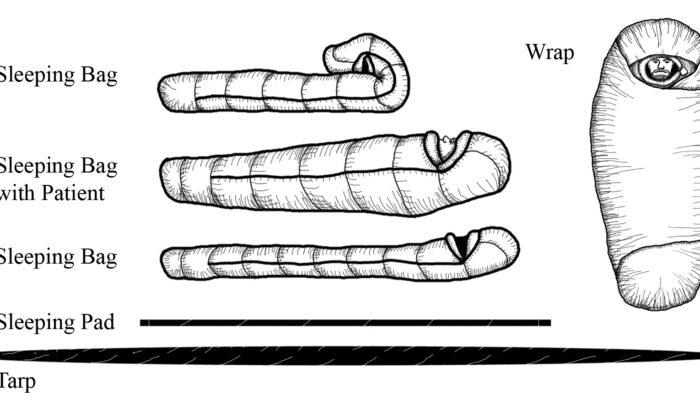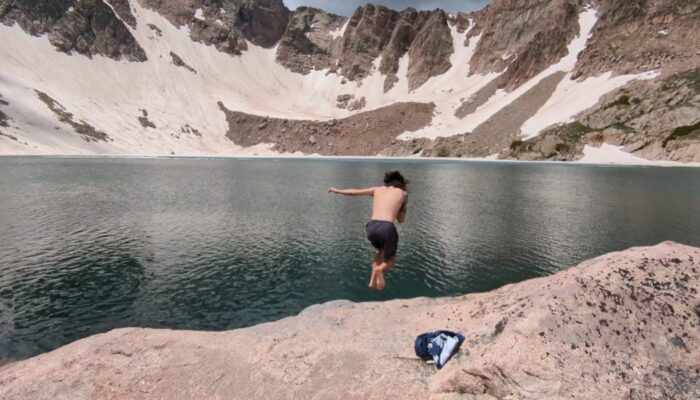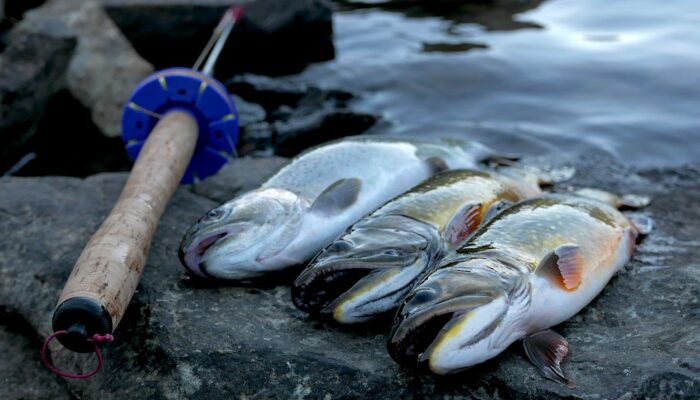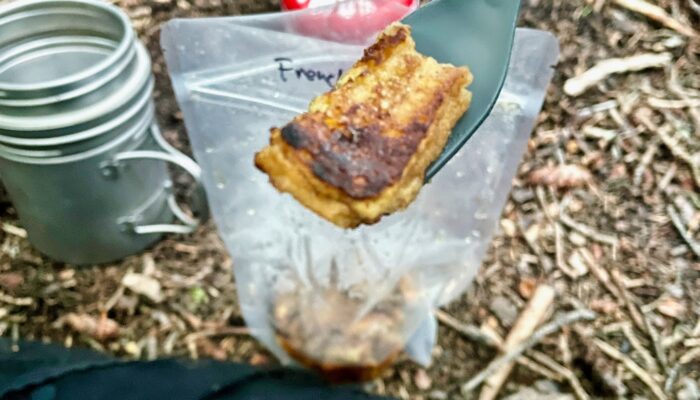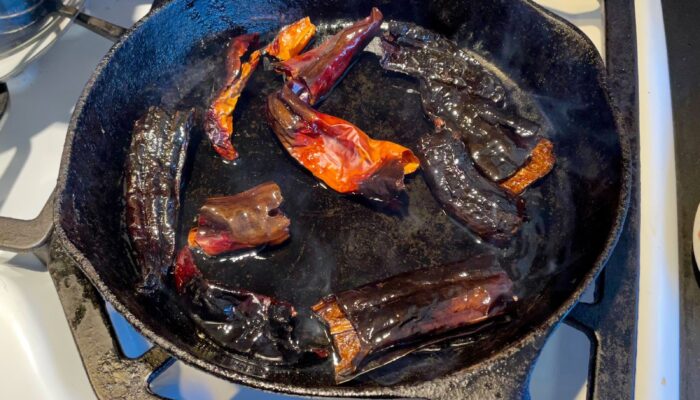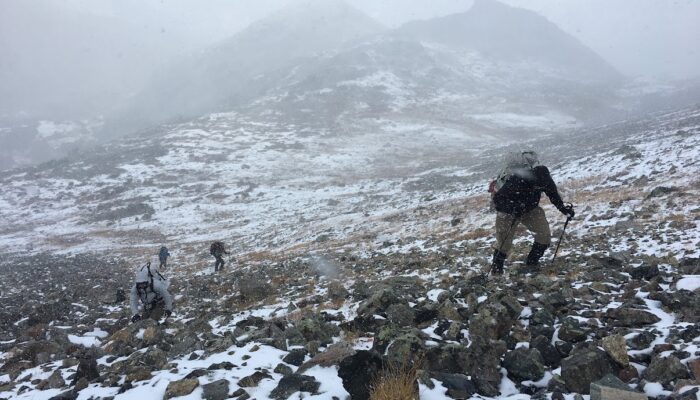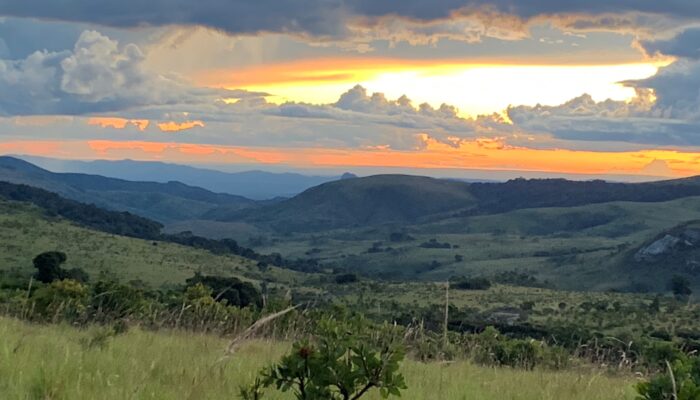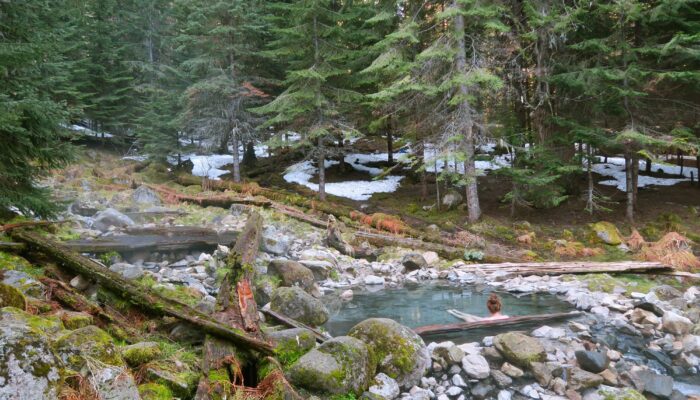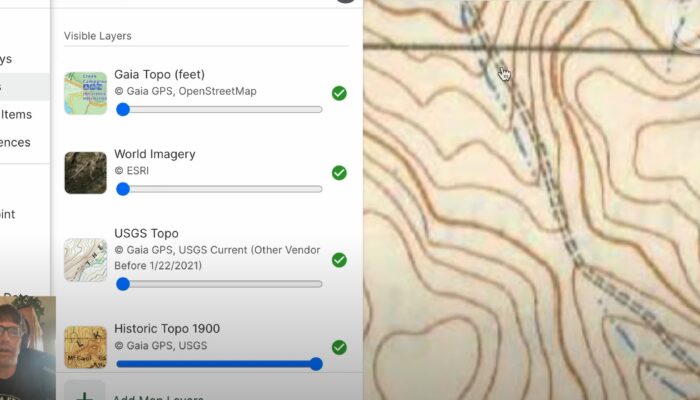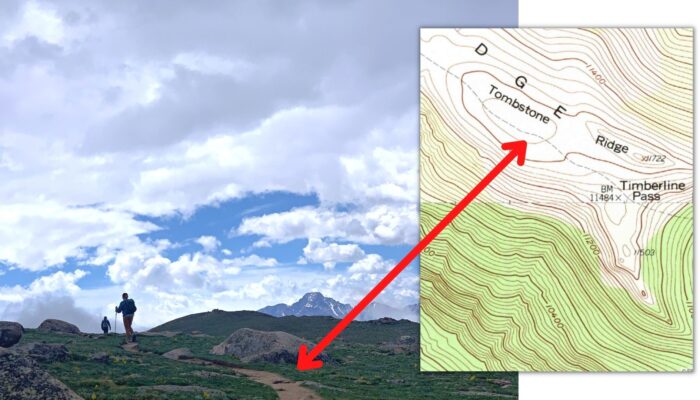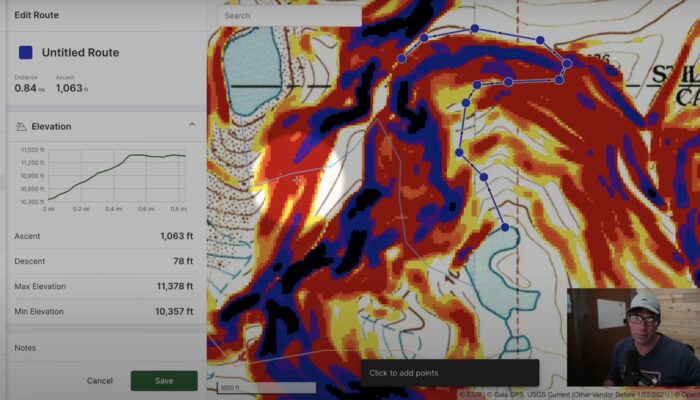Skills
- GEAR • Gear Reviews
- GEAR • Gear Guides
- GEAR • Gear Checklists
- GEAR • Make Your Own Gear
- GEAR • Gear Testing & Research
- SKILLS • Tips, Tricks, and Hacks
- SKILLS • Wilderness Skills
- SKILLS • Training
- SKILLS • Trip Planning
- SKILLS • Food Preparation
- PLACES • Trips
- PLACES • Routes
- CULTURE • Essays
- CULTURE • Stories
- CULTURE • Issues
- CULTURE • People
- CULTURE • News
- CULTURE • Media Reviews
- ARCHIVES (Before 30.Nov.2015)
- SEARCH LIBRARY
- TRAILHEADS
Latest
Cyanobacteria and Cyanotoxins in Backcountry Water Sources
In this video presentation, we dive into a critical topic to raise awareness about the increasing problem of cyanobacteria, or blue-green algae, in backcountry water sources.
Backpacking gear attributes: the relationships between weight, cost, durability, versatility, and performance
Ryan discusses the relationships between weight, cost, durability, versatility, and performance in ultralight backpacking gear.
Backpacking in Grizzly Country
Backpacking in grizzly habitat: considerations and best practices for bear spray use, food storage, safety, and ethical considerations.
The Dirt Catwalk: Modern Layering Ensembles for Backpackers
In this article, I discuss some of the challenges that an effective layering system needs to address. In addition, I highlight a handful of the layers that I use the most and how I combine them into various ensembles for different use cases.
How to Choose Backpacking Gear (Shelter Case Studies)
In this video, we walk through a framework for making decisions about how to select gear based on benefits, features, and design attributes, with a focus on shelter systems.
Stove Systems for Winter Backpacking
Ryan discusses how you build and utilize your stove system for winter cooking and snow melting to maintain hydration.
Animal Encounters in the Backcountry
Ryan shares some principles about how to manage wildlife encounters, based on his own encounters with wild animals in the backcountry.
Bear and Food Storage Policy in the National Parks
America’s National Parks each have different food storage requirements for backpackers. This article discusses the requirements, various options, and focuses on what bear canisters are exemplary options, and why.
Hypothermia
What is hypothermia, and how do you treat it with an ultralight backcountry gear kit?
Handling the Heat: How to Use Your Palms to Stay Cool
Learn how to manage thermoregulation while hiking through effective utilization of your palms.
Can backcountry fishing save carried food weight?
This article explores the benefits of backcountry fishing (especially tenkara), including the incorporation of fish in your diet and potential food weight savings.
Home Freeze-Drying vs. Other Trail Food Preparation Strategies
Drew Smith talks about the place of home freeze-drying in the wider context of trail food strategies, and attempts freeze dried french toast!
Is Buying a Home Freeze-Dryer Worth the Money?
Home Freeze-dryers are handy but expensive. Are they worth the cost? We show you how to find out.
Walking With Marcus: How Stoic Philosophy Informs My Ultralight Backpacking
Can an ancient Roman philosophy make you a better backpacker? It all depends upon your application.
How to Plan and Execute a Successful Backpacking Trip in Developing Nations
A few suggestions for your next out of the ordinary adventure.
How to Practice Leave No Trace Principles at Hot Springs
Camping near hot springs can be a magical experience for backpackers, but these unique natural features require special care to minimize human impact.
How to use Gaia GPS to Find Hidden Backcountry Routes
Learn Ryan Jordan's process for discovering hidden backcountry routes by integrating current base maps, satellite imagery layers, and historical USGS maps.
Using lines of position to fix your location on a map
Learn how to identify and use lines of position to help fix your location on a map while traveling in the backcountry.
An Introduction to Map & Compass Navigation
An online live (and recorded) webinar introduction to map and compass use for hiking and backpacking.
How to Use Gaia GPS Slope Angle Overlays & Satellite Imagery to Plan Off-Trail Routes
In this video, I walk through how I use slope angle overlays and satellite imagery to plan off-trail mountaineering routes, focusing on Gaia GPS as the digital mapping software.


